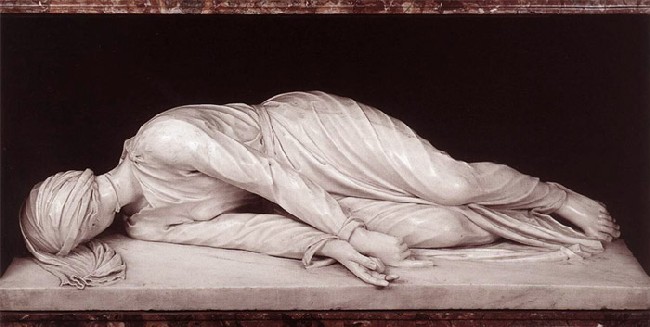I am going on a weekend retreat at a Catholic Benedictine monastery, and I have been focusing on beauty as the main part of my preparation.
Over the weekend, I did a little research on natural moral law in the Catholic Catechism (the 900-page version). I bought the Catholic Catechism and the 2006 Compendium (200 pages) about 18 months ago, but never looked at the Compendium until this past weekend. I also enjoy a wonderfully feature-packed online catechism.
This weekend I discovered that the Compendium “contains, in concise form, all the essential and fundamental elements of the Catholic faith...”
The Compendium was begun under John Paul II by a Commission of Cardinals led by Cardinal Ratzinger.
In June 2005, Pope Benedict XVI approved the Compendium for publication, just two months after becoming Pope in April 2005.
Thus, the Compendium is not a supplement as I originally thought when I bought it — it’s the Catholic Catechism in 200 rather than 900 pages.
But, my Big Discovery of the weekend was not about natural moral law — or even in learning what the Compendium was. I discovered with great astonishment that the concise Compendium included 14 pages of beautiful art in its slim 200 pages.
So, while the Ratzinger-led group had no problem in removing 700 pages of words, it also felt that the remaining 200 pages of words needed to include 14 pictures of well-known icons and paintings — beauty that surely speaks about Catholic faith.
And, not only are there the 14 pages of art, each icon (Footnote) or painting is also accompanied by a page of explanation.
Over the weekend I began a short study of natural moral law, but ended up reading about beauty as a description of the Catholic faith — back on track in preparation for my retreat.
Also over the weekend, I watched the Journey Home TV program on EWTN about an Anglican priest who became Catholic. During the program, the priest said that Cardinal Ratzinger said art and the Saints were the greatest Christian apologetics (explanations and defenses of the faith) for him.
It became illuminated to me, beauty is part of a description of the essential and fundamental elements of the Catholic faith. At least the Pope says so, and the Catholic Catechism implements this truth.
I do not think it was a coincidence that the Compendium (a book that I had not looked at since getting it 18 months ago) was the book I began to read over the weekend to check out information on natural moral law, only to discover that the Compendium was relatively jam-packed with beautiful art.
It was not a coincidence that the Journey Home TV program contained a quote from Cardinal Ratzinger telling me about the prominent place of art/beauty in apologetics — all helping to increase my understanding of the correct place of beauty in the Catholic faith as I prepare for my retreat.
___________________________________
Footnote:
Interestingly, the very first work of art in the Compendium is an Orthodox icon and there is also a Coptic Icon that introduces the section on prayer. Oh, sure, Ratzinger’s group couldn’t find 14 suitable paintings in the Vatican’s museums. If a picture is worth a thousand words, I think we are receiving a ten-thousand word message in those particular selections of icons from the Orthodox and Coptic churches.
Of course, it could be just a coincidence — a selection of art that just happened by chance, after all, isn’t art just for decoration, a style or fashion?
An icon similar to the Orthodox icon that leads off the Compendium can be seen here and here if you scroll down the page to Christ (Great Deesis) Dionysiou Monastery, 1542.
Wednesday, September 24, 2008
More beauty, more apologetics. A Benedictine oblate blog
Subscribe to:
Post Comments (Atom)










oh i love coincidences that might not be coincidences! i would have to say it is beauty that has drawn me toward catholicism; they seem to have it right in regards to appealing to multiple senses.
ReplyDeleteAmy,
ReplyDeleteThe kind of coincidences you mentioned sure seem to stand out, like deliberately placed markers.
I hear beauty mentioned a lot by former Protestants who become Catholic — just as you described.